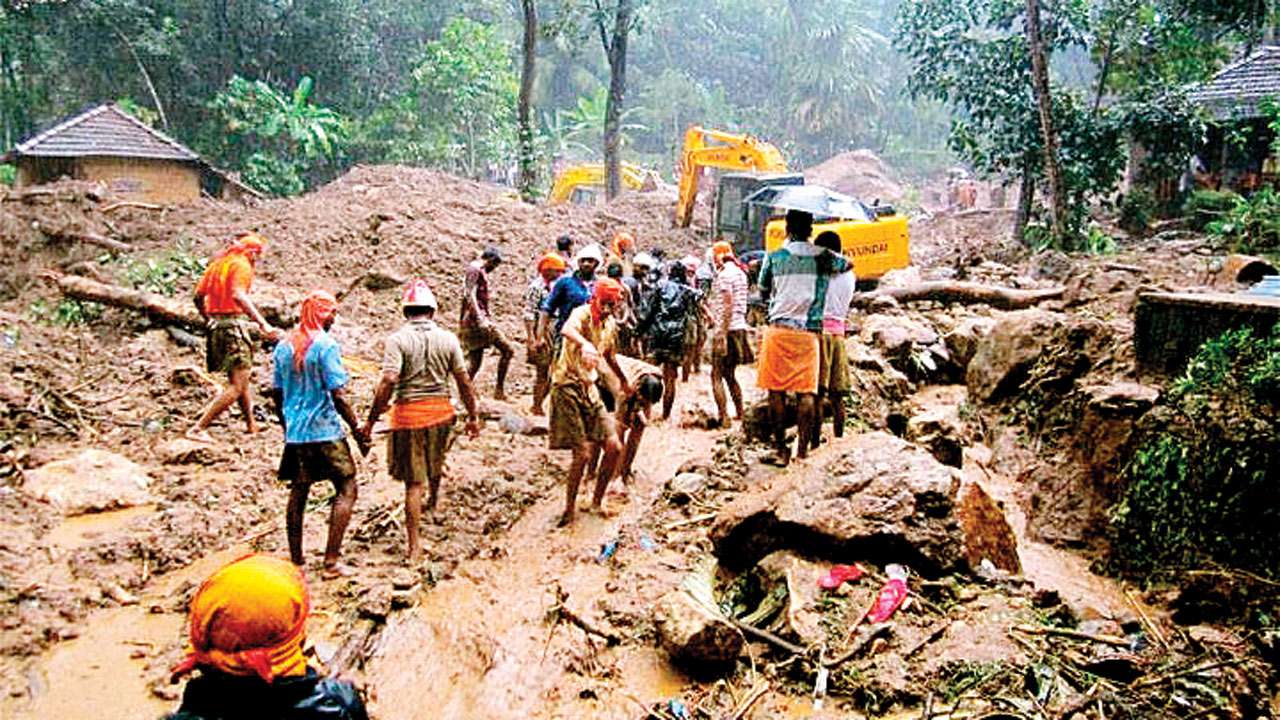
Over the last several months, in a series of columns on the Rashtriya Swayamsevak Sangh (RSS), I have tried to analyse and explain the reasons why the organisation remains so little understood despite exerting such a powerful influence on Indian society. In fact, I have suggested both prejudice and ignorance as the main reasons for this lack of understanding. One might underscore how deep the former has been, especially during various Congress regimes after Independence. The RSS, as we know, was banned thrice – after Mahatma Gandhi’s assassination (1948-1949), during the Emergency (1975-1977), and following the demolition of the Babri Masjid (1992-1993).
The Congress, from the times of Jawaharlal Nehru, saw Hindu consolidation as a threat to its minoritarian coalition. The consequent intellectual embargo on the RSS was enforced for several decades by the dominant Left-Liberal establishment in most Indian and foreign universities. This resulted in two kinds of secondary literature being produced: one blatantly anti-RSS, no matter how well-couched or camouflaged in academic terms, and another written mostly by members of the RSS themselves, which was largely laudatory if not defensive. A somewhat newer and much more welcome trend is the production of works which are solidly scholarly in addition to being analytical and informative. What is heartening is that such books have contributed substantially to the much-needed mainstreaming of the scholarship on the RSS. In the end, careful evidence and sound research usually trumps ideology and prejudice.
In this growing body of works, Disaster Relief and the RSS: Resurrecting ‘Religion’ through Humanitarianism (Sage, 2019) by Malini Bhattacharjee is a worthy addition. The author is a PhD from JNU, having worked on her dissertation on the same topic under the supervision of Professor Pralay Kanungo. She is now an Assistant Professor at the Azim Premji University, Bengaluru. Bhattacharjee’s book is not at all muddle-headed or jargon-filled; this, indeed, is its chief strength. Each chapter lays out an argument, which is substantiated by both primary and secondary sources, and has a clearly stated conclusion.
Bhattacharjee examines the complex matrix of disaster relief and humanitarian assistance through both secular and sacred lenses in order to understand how both traditions have co-existed, even combined in fascinating ways, in India. She highlights how seva (service) and dana (charity) have been integral to Hindu and other religious social service interventions. Seva, in fact, became integral to the nationalist ethic, contributing immensely to the freedom struggle. The third strand of her argument examines how seva also serves the needs of political and social mobilisation. She uses the RSS contributions to disaster relief in Odisha and Gujarat to document how these spread and strengthened Hindutva.
By carefully examining the history of the RSS and the Sangh Parivar, Bhattacharjee shows rather comprehensively that seva was very much a part of the Sangh’s core belief and praxis from the days of its founder, Dr Keshav Baliram Hedgewar. Thereafter, subsequent sarsanghachalaks (heads of RSS), especially “Guruji” Madhav Sadashiv Golwarkar, built on this legacy to make the RSS one of India’s most diligent and effective disaster relief organisations, capable of mobilising thousands of volunteers and impressive material resources at short notice. She looks at the role of Sangh organisations such as SEWA international in relief efforts. In the process, Bhattacharjee offers enough evidence to refute the allegation that the Sangh indulges in service only to convert India from a secular into Hindu nation. At the same time, she also shows the ideological and political gains that have accrued not only to the Sangh, but the ruling BJP, the political party that owes its very existence to the RSS.
I have some difficulty with her methodology, particularly a laboured attempt to construct a secular vs sacred differentiation bordering on dichotomy. Not only are the lines between the two blurred, but both have their own agendas to promote. Thus, the notion that religion is resurrected through secular service is somewhat debatable if not dubious. In an edited volume, Dharma and Development: The Future of Survival (2005), I myself argued that the ‘failure’ of the development projects in India was remarkably offset by the much more successful efforts of religious and spiritual organisations. Why did religious organisations succeed where governments and non-governmental agencies failed?
The RSS offers an answer. It is neither a purely religious nor purely secular organisation. It straddles this divide by effectively combining both in a cultural-social practice that is devoted to nation-building. I would, unlike Bhattacharjee and other scholars, consider it among the last of the great Hindu movements which began in the late 18th century and continued right into the 20th century. Far from being revivalist, it is actually a Hindu social and cultural reform institution, with a comprehensive agenda. This is what explains its unique contribution and hold on Indian society.
The author is Director, IIAS, Shimla